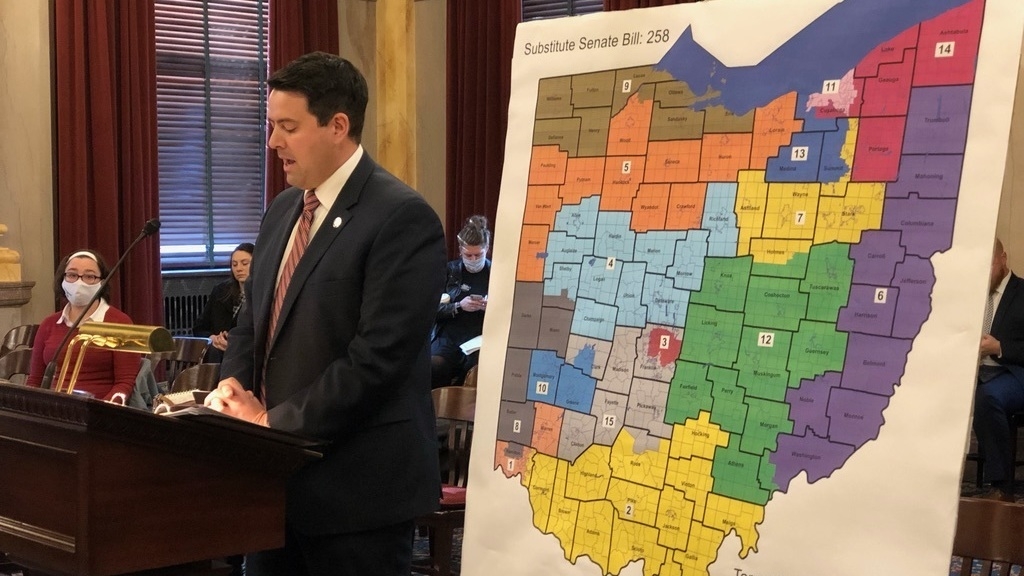Aiming to get their proposal on the state ballot this fall, supporters of a new political mapmaking system have delivered over 700,000 signatures to the Ohio Secretary of State’s office, which is a significant development for Ohio’s electoral landscape. The goal of this effort, led by Citizens Not Politicians, is to restructure the state’s current redistricting procedure, which has long been criticized for being ineffective and partisan.
Present Problems and Suggested Fix
Currently, Ohio uses the Ohio Redistricting Commission, which is made up of legislators and state office holders, to redistrict electoral districts using information from the census. Nonetheless, recent attempts to draw up equitable and constitutional maps have frequently run afoul of the law and come under fire for prioritizing political objectives over the representation of voters.
The proposed amendment supports the creation of a commission on redistricting that is independent. Members of this new body would be directly elected by Ohioans, guaranteeing representation from a range of geographic and political backgrounds. Depoliticizing the mapping process and advancing equity and openness in electoral district demarcation are the objectives.
The Voter’s Journey and Legal Obstacles
There have been challenges in the path to become eligible for the ballot. Despite initial setbacks due to grammatical issues and difficulties with the petition, organizers persisted in meeting the Ohio Ballot Board’s strict requirements. In order to verify eligibility for the November ballot, the Secretary of State will now verify the signatures; a minimum of 413,446 valid signatures are needed.
Public Adoption and Democratic Transformation
The proposed reform, according to its proponents, is essential to preserving Ohio’s democracy. The initiative seeks to ensure fair and representative elections for the diverse electorate of the state by impeding political manipulation of district boundaries through the establishment of an independent commission.
The League of Women Voters of Ohio’s director, Jen Miller, highlighted the importance of this grassroots initiative by saying, “It is just a great day for Ohio and Ohio’s democracy.” There is a growing public demand for more equitable electoral practices, which is reflected in the broad support and participation in signature collection.
Effects of Law and Prospects for the Future
Should voters approve the changes in November, Ohio would follow other states that have implemented comparable measures to counteract gerrymandering. This would be a significant step toward bipartisan cooperation in redistricting and could have an impact on national conversations about fair representation and electoral reform.
The results of this ballot initiative will be closely monitored by advocacy groups, legal experts, and policymakers across the country as Ohio gets ready for the next election cycle. It is a vital first step in ensuring that, free from excessive partisan influence, electoral districts fairly reflect the will of the people.
To sum up, the movement to change Ohio’s political mapping system represents a daring step in the direction of strengthening democratic values and electoral justice. Ohioans have the chance to meaningfully and fairly influence the future of their electoral landscape by tackling long-standing gerrymandering issues and supporting citizen-led initiatives.
The goal of implementing reforms that preserve election integrity and fortify democratic institutions throughout Ohio remains the main focus as the validation process plays out and public discussion carries on.
